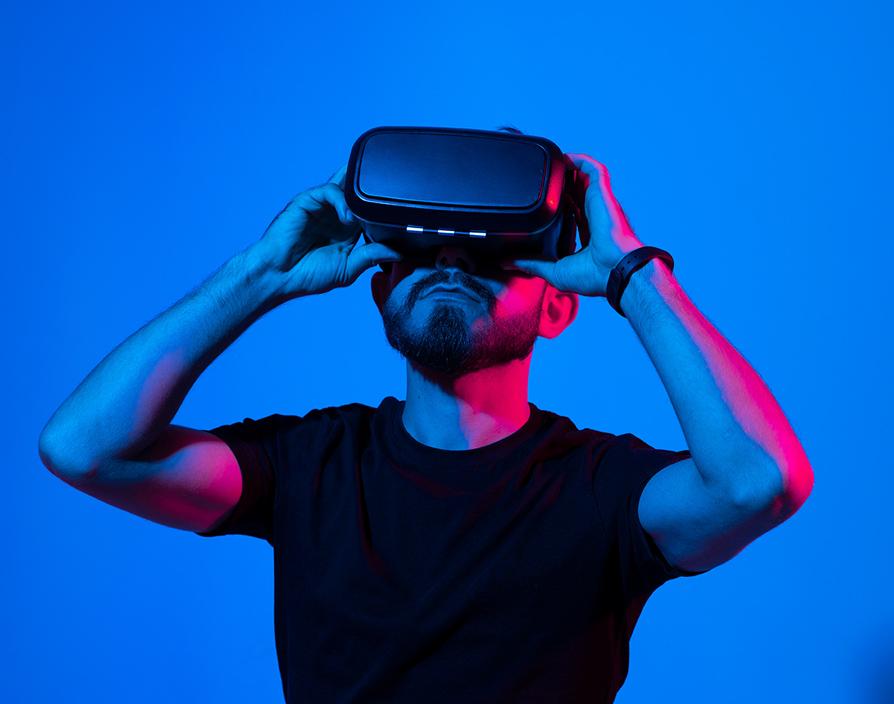It’s a question I get asked very often, and doesn’t come as a major surprise considering the buzz in popular media about the metaverse itself. The primary driver for the fast-growing interest in the metaverse is because companies now recognise that investing in the metaverse presents a more compelling form of creating business value, than investing in technology to increase efficiencies alone.
Whether a chief executive of a Fortune 500 company, or the founder of a social enterprise, the metaverse is equally relevant to all, and likely to impact every one of us. Think back to the advent of social media and rise of e-commerce which gave early adopters a leap into accessing customers online: The metaverse is here to guide us into new ways of better engaging with our audiences and customers.
Now, unlike the internet, which is one universe in itself, the existence of multiple metaverses is not only likely, but clearly where the market is going with giants like Facebook, Google and Microsoft creating metaverses of their own. The metaverse is better articulated as a layer that is best represented by avatar interactions and pre-constructed experiences which shape how we interact online and therefore how brands will create brand experiences and advertise to their consumers.
And here’s how: Firstly, the metaverse allows us as ‘engage consumers’ from a linear two-dimensional world to access a ‘more three-dimensional world’, where you can utilise wearable tech such as head-sets, motion sensors and game controllers. This allows users to experience a digital universe, often porting themselves between each metaverse.
This means the experiences that businesses can give to users have vastly changed, from providing a virtual test drive of a car to entering a virtual mall and browsing an apparel store. All of which improves the way in which customers are acquired and served.
Secondly, think back to 2020, during a global pandemic when many of us were house-bound but craving interaction and community. For the last 10 years we have seen community builders (such as educators, coaches, mentors, social enterprises) all focus on trying to build a sense of community in online spaces, but relying very much on the linear 2D internet to achieve it.
However, for these same community builders, the metaverse or Web3.0 technology allows community leaders to truly enhance, not only the way they interact with their communities but also how their communities interact with one another.
Furthermore, following the pandemic, and the shift to remote working, enhanced web3.0 experiences allow businesses to play with the concept of digital workplaces to connect physically dispersed teams. This has revitalised company culture and, most importantly, created a version of the future for work. We are now fostering collaboration, increasing productivity, while accelerating problem solving and most importantly changing the way teams communicate both internally and externally.
Thirdly, Web 3.0 in its current architecture enables a more transparent and decentralised way of operating as an organisation. Thanks to progressive business laws, decentralised autonomous organisations (DAO) are being incorporated and being connected directly to corporations and LTDs.
Before I jump ahead, for those of you who wonder what DAOs are? These are organisations that run trustlessly via smart contract code on the blockchain. In theory, this means that all decision-making is exercised by holders of governance tokens rather than a centralised authority.
This also means a new breed of company is forming which allow their consumers or communities to essentially vote for what they want – should they own a token. There is still heavy debate among Web3.0 pundits as to whether DAOs are effective, but it certainly opens the pathway for forward thinking organisations and those that want their membership to have a say in how they are run.
My prediction is that much like e-commerce and social media, if companies aren’t considering web3.0 as part of a wider technological and engagement strategy, these technologies will be forced upon organisations from vendors, media and largely the public who use it.
We are still very much at the beginning of the evolution of Web3.0, and how it will manifest itself is still evolving. But some fundamental principles are clear, which give businesses a blueprint of where they can look to, in order to adopt these technologies and continue to innovate.
Share via:








































